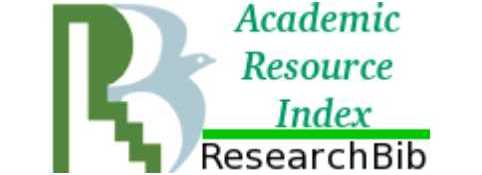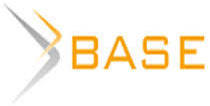DOI:
10.18413/2408-932X-2016-2-2-69-73
The crucial thing is the fact that the comparative-historical method is the most important instrument for the cognition of language history, that possesses, firstly, certain features and, secondly, some constraints of implementation. The comparative-historical method should be interpreted as a complex unit that contains three diverse components: ontological, operational and theological. The main purpose of the comparative-historical method (a theological component) is to reconstruct the antecedent models of allied languages families and groups, their further development and division into separate languages, and creation of the comparative-historical description of allied languages (grammars and dictionaries).
The specific principles (the principle of historicism, the principle of causality, consistency principle and the principle of universal connection of phenomena) and approaches (historical, causal, and systematic) constitute the ontological component of the comparative-historical method. The operational component of the comparative-historical method is represented by such methods and procedures as: 1) genetic equation of facts, 2) linguistic reconstruction of the archetype and phonetic linguistic law, 3) chronology and localization of linguistic phenomena.
Uneven changes occurred in different levels of one linguistic structure and throughout some representatives of language family, archaisms and innovations available are a diachronic linguistics axiom. A procedure of linguistic reconstruction plays a rather significant role in the practice of modern comparatively genetic studies. For sure, the reconstruction is the most essential part of the comparative-historical method. Three kinds of linguistic reconstruction are distinguished in scientific literature: external, internal and the philological method.
Definitely, the primary goal of genetic research is to outline the historical process development of allied languages or the separate language. Nowadays only the issue of the scope of innovations in certain languages entering the jurisdiction of comparative-historical method is argued.
Keywords: method,
ontological component,
operational component,
theological component,
comparative-historical method,
historical method,
linguistic reconstruction,
comparison.
Number of views: 5894 (view statistics)
Количество скачиваний: 7190
All journals
Send article
Research Result. Social Studies and Humanities is included in the scientific database of the RINTs (license agreement No. 765-12/2014 dated 08.12.2014).
The journal is included in the list of peer-reviewed scientific publications recommended by the Higher Attestation Commission (as of 25.12.2020 (№ 1590)). vak.minobrnauki.gov.ru

















While nobody left any comments to this publication.
You can be first.